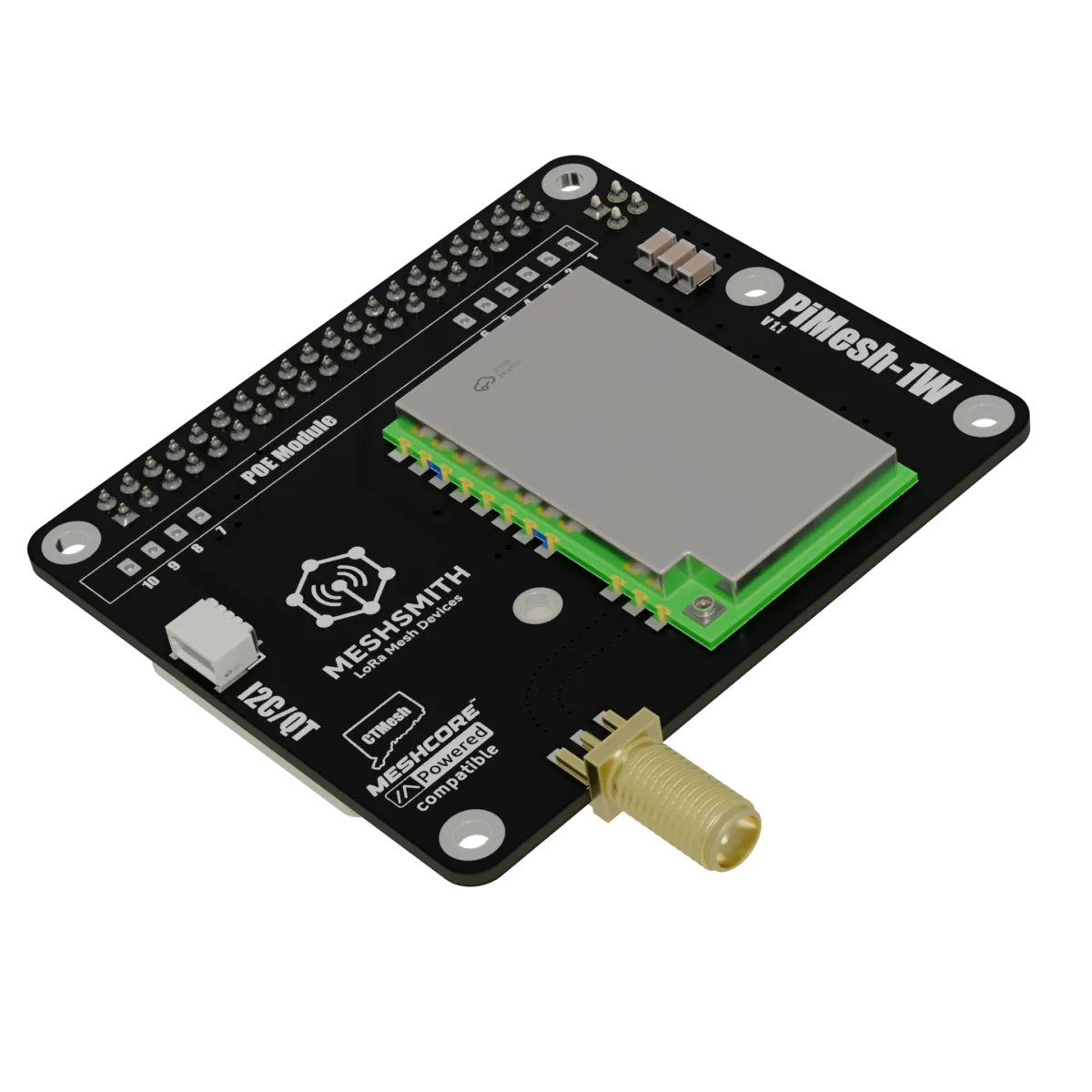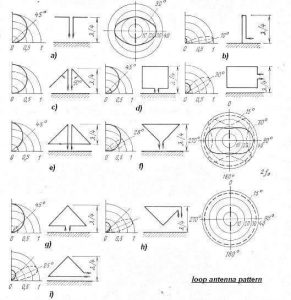amateur radio
DIY
do it yourself
electrical
ham radio
home improvement
homebrew
safety
circuit breaker selection, commercial wiring, conductor sizing, diversity factor, electrical calculations, electrical components, electrical design, electrical engineering, electrical load management, electrical planning, electrical safety, electrical system design, electrical wiring, energy efficiency, industrial electrical systems, load calculation, Ohm's Law, power distribution, residential wiring, transformer sizing
9M2PJU
0 Comments
Understanding Diversity Factor in Electrical Wiring: A Comprehensive Guide with a Focus on Circuit Breaker Selection and Rating
In the world of electrical engineering, designing safe, efficient, and cost-effective electrical systems is paramount. One of the most critical concepts that engineers rely on to achieve this balance is the diversity factor. The diversity factor helps determine how much electrical load a system will actually carry, as opposed to the theoretical maximum load if all devices were operating at full capacity simultaneously. This concept is especially important when selecting components like circuit breakers, wires, transformers, and other equipment.
This article will delve deeply into the concept of the diversity factor, explain its significance, and provide step-by-step guidance on how to calculate it. We’ll also explore its practical applications, particularly in circuit breaker selection and rating, using real-world examples to make the topic accessible and easy to understand. By the end of this article, you’ll have a solid understanding of how to apply the diversity factor in electrical wiring and why it’s so vital for system design.
What is the Diversity Factor?
The diversity factor (DF) is a ratio that compares the sum of the individual maximum demands of various electrical loads to the maximum demand of the entire system. It reflects the fact that not all devices or appliances in a system operate at their maximum capacity at the same time. In simpler terms, the diversity factor accounts for the likelihood that some devices are idle while others are in use.
Key Definitions:
- Maximum Demand: The highest amount of power required by a device or group of devices over a specific period.
- Sum of Individual Maximum Demands: The total of the maximum demands of all individual loads in the system.
- System Maximum Demand: The peak demand of the entire system at any given time.
Mathematically, the diversity factor is expressed as:
Diversity Factor (DF) = Sum of Individual Maximum Demands / Maximum Demand of the System
Example in Watts:
Let’s consider a small home with the following electrical loads:
- Lighting: 500 W
- Refrigerator: 800 W
- Television: 200 W
- Air Conditioner: 1500 W
The sum of the individual maximum demands is:
500 + 800 + 200 + 1500 = 3000 W
If the measured maximum demand of the entire system is 2000 W, the diversity factor is:
DF = 3000 / 2000 = 1.5
This means that the sum of the individual maximum demands (3000 W) is 1.5 times higher than the actual maximum demand of the system (2000 W).
What is Individual Maximum Demand?
Imagine you have several electrical devices in your home, like a refrigerator, a TV, and an air conditioner. Each of these devices has its own “maximum power” that it can use when it’s running at full capacity.
For example:
- The refrigerator might use up to 800 watts when it’s working hardest (like when the compressor is running).
- The TV might use up to 200 watts when it’s on.
- The air conditioner might use up to 1500 watts when it’s cooling your room on a hot day.
These numbers (800 W, 200 W, and 1500 W) are the Individual Maximum Demands of each device. It’s like saying, “This is the most power this device will ever need.”
Now, if you add up all these maximum demands:
800 + 200 + 1500 = 2500 watts
This total (2500 watts) is called the Sum of Individual Maximum Demands. It’s just the total of the highest possible power each device could use if they were all running at full power at the same time.
What is System Maximum Demand?
Now, here’s the important part: not all devices run at their maximum power at the same time. In real life, you don’t use every single device in your home at full power simultaneously. For example:
- While the air conditioner is running, you might not be using the TV.
- Or, while the refrigerator is working, the air conditioner might be off.
So, the System Maximum Demand is the actual highest amount of power your entire system (home, office, etc.) uses at any one time. This is measured by looking at how much power your system actually consumes during its busiest moment.
For example:
If you check your electricity meter or monitor your system, you might find that the highest power your home ever uses at one time is 1500 watts. This is your System Maximum Demand.
Key Difference Between the Two
– Individual Maximum Demand: The highest power each device can use on its own.
– System Maximum Demand: The highest power your entire system actually uses at one time, which is usually less than the total of all the individual maximum demands because not everything runs at full power at the same time.
Why Does This Matter?
The difference between these two values is where the diversity factor comes in. The diversity factor tells us how much “extra room” we have because not all devices are running at full power at the same time. This helps engineers design electrical systems that are efficient and cost-effective.
A Simple Real-Life Example
Let’s say you have three appliances in your kitchen:
- A microwave (1000 watts)
- A toaster (800 watts)
- A coffee maker (700 watts)
Step 1: Calculate the Sum of Individual Maximum Demands
If all three appliances were running at full power at the same time, the total would be:
1000 + 800 + 700 = 2500 watts
This is the Sum of Individual Maximum Demands.
Step 2: Measure the System Maximum Demand
In reality, you probably wouldn’t use all three appliances at the same time. For example:
- You might use the microwave and the coffee maker together, but not the toaster.
- The highest power your kitchen actually uses at one time might be 1700 watts (microwave + coffee maker).
This 1700 watts is your System Maximum Demand.
Step 3: Calculate the Diversity Factor
Now, the diversity factor is calculated as:
Diversity Factor = Sum of Individual Maximum Demands / System Maximum Demand
In this case:
Diversity Factor = 2500 / 1700 ≈ 1.47
This means the total maximum power of all your devices is about 1.47 times higher than the actual power your kitchen uses at its busiest moment.
In Summary
– Individual Maximum Demand: The highest power each device can use on its own.
– System Maximum Demand: The highest power your entire system actually uses at one time.
– Diversity Factor: A number that shows how much extra room we have because not all devices run at full power at the same time.
Why is the Diversity Factor Important?
The diversity factor is crucial for several reasons, especially in the context of electrical system design:
- Efficient Design: Without considering the diversity factor, engineers might overestimate the total load on a system, leading to oversized equipment such as transformers, generators, and cables. This results in unnecessary costs and wasted resources. By accounting for the diversity factor, engineers can design systems that are cost-effective and optimized for real-world usage patterns.
- Preventing Overloading: Properly sizing electrical components based on the diversity factor ensures that they can handle the actual load without being overloaded, which could lead to overheating, tripped breakers, or even fires.
- Energy Efficiency: Efficiently designed systems reduce energy losses in transmission and distribution, contributing to lower operational costs and a smaller carbon footprint.
- Scalability: Understanding the diversity factor allows engineers to plan for future expansions or changes in load patterns without overdesigning the system.
- Safety: Correctly sized components ensure the safety of the system, protecting both people and property from electrical hazards.
Factors Influencing the Diversity Factor
The diversity factor varies depending on several factors, including:
- Type of Load: Residential buildings typically have higher diversity factors because not all appliances are used simultaneously. Industrial facilities may have lower diversity factors due to more consistent usage patterns.
- Number of Loads: As the number of loads increases, the diversity factor tends to increase because the likelihood of all loads operating at full capacity simultaneously decreases.
- Usage Patterns: Systems with predictable usage patterns (e.g., office buildings during working hours) may have lower diversity factors compared to systems with unpredictable usage (e.g., residential buildings).
- Time of Day: Peak demand periods (e.g., evenings in residential areas) may result in lower diversity factors.
Applications of the Diversity Factor in Electrical Wiring
The diversity factor has numerous applications in electrical system design, particularly in the following areas:
- Sizing Conductors: When designing electrical wiring, the diversity factor helps determine the appropriate size of conductors. For example, if the diversity factor is high, smaller conductors can be used, reducing material costs.
- Selecting Circuit Breakers: Circuit breakers must be rated to handle the maximum demand of the system. Using the diversity factor ensures that breakers are neither oversized nor undersized.
- Transformer Sizing: Transformers are expensive components, and their size directly impacts system efficiency. The diversity factor helps engineers select transformers that meet the actual load requirements without excessive capacity.
- Load Balancing: In multi-phase systems, the diversity factor aids in balancing loads across phases to prevent uneven loading and potential system failures.
- Energy Management: Understanding the diversity factor allows facility managers to implement energy-saving measures, such as load shedding or demand response programs.
Circuit Breaker Selection and Rating: A Deep Dive
Circuit breakers are critical safety devices designed to protect electrical circuits from damage caused by overloads or short circuits. Properly sizing circuit breakers is essential to ensure they trip when necessary without being unnecessarily sensitive. The diversity factor plays a key role in determining the appropriate breaker ratings based on actual usage patterns rather than theoretical maximums.
Key Points:
- Prevent Overloading: Circuit breakers must be rated to handle the maximum demand of the system, but not oversized to the point where they fail to protect against overloads.
- Cost Efficiency: Oversized breakers can lead to unnecessary costs, while undersized breakers may trip frequently, causing inconvenience and potential damage to equipment.
- Safety: Correctly rated breakers ensure the safety of the wiring and connected devices.
How to Use the Diversity Factor for Circuit Breaker Selection
To select the correct circuit breaker, follow these steps:
Step 1: Identify Individual Loads
List all the electrical loads in the system and determine their maximum demands in watts. For example:
- Lighting: 500 W
- Refrigerator: 800 W
- Television: 200 W
- Air Conditioner: 1500 W
Step 2: Sum the Individual Maximum Demands
Add up the maximum demands of all individual loads. This gives you the numerator in the diversity factor formula.
Sum of Individual Maximum Demands = 500 + 800 + 200 + 1500 = 3000 W
Step 3: Determine the System Maximum Demand
Measure or estimate the maximum demand of the entire system. For instance, if the measured maximum demand is 2000 W, use this value as the denominator.
Step 4: Calculate the Diversity Factor
Apply the diversity factor formula:
DF = Sum of Individual Maximum Demands / Maximum Demand of the System
For this example:
DF = 3000 / 2000 = 1.5
Step 5: Select the Circuit Breaker
Once you know the actual maximum demand of the system (2000 W), you can choose a circuit breaker with an appropriate rating. Circuit breakers are typically rated in amperes (A), so you need to convert the power (in watts) to current (in amps) using Ohm’s Law:
I = P / V
Where:
I= Current in amperes (A)P= Power in watts (W)V= Voltage in volts (V)
Example Calculation:
Assume the system operates at 230 V (common household voltage in many countries):
I = 2000 / 230 ≈ 8.7 A
Since circuit breakers are available in standard ratings (e.g., 6 A, 10 A, 16 A, etc.), you would choose the next highest standard rating above 8.7 A. In this case, a 10 A circuit breaker would be appropriate.
What is the Best MCB Value for This Scenario?
At my kitchen, I have a 20A MCB in a circuit that includes a water dispenser (500 W), rice cooker (600 W), and washing machine (400 W). What is the individual maximum demands, and what is the system maximum demands?
To determine the best MCB (Miniature Circuit Breaker) value for your kitchen circuit, we need to ensure that the MCB can handle the maximum current your appliances will draw without tripping unnecessarily. At the same time, it should provide adequate protection against overloading or short circuits.
Let’s break this down step by step using your scenario:
Step 1: Calculate the Maximum Current
The formula to calculate current is:
Current (A) = Power (W) / Voltage (V)
Assume your home uses 230V (a common voltage in many countries). Let’s calculate the current for each appliance and the total current in different scenarios.
Individual Appliances:
- Water Dispenser (500W):
Current = 500 / 230 ≈ 2.17 amps - Rice Cooker (600W):
Current = 600 / 230 ≈ 2.61 amps - Washing Machine (400W):
Current = 400 / 230 ≈ 1.74 amps
Total Current if All Appliances Run Simultaneously:
If all three appliances are running at the same time, the total power is:
500 + 600 + 400 = 1500 watts
The total current would be:
Current = 1500 / 230 ≈ 6.52 amps
Step 2: Determine the System Maximum Demand
As we discussed earlier, it’s unlikely that all three appliances will run at full power simultaneously. The System Maximum Demand is the highest current your circuit actually uses at one time.
For example:
If you use the rice cooker (600W) and water dispenser (500W) together, the total power is:
600 + 500 = 1100 watts
The current would be:
Current = 1100 / 230 ≈ 4.78 amps
So, the System Maximum Demand is 4.78 amps in this case.
Step 3: Choose the Right MCB Rating
MCBs are available in standard ratings like 6A, 10A, 16A, 20A, etc. To choose the best MCB for your kitchen circuit, follow these guidelines:
- Ensure the MCB Can Handle the Maximum Current:
The MCB rating should be higher than the System Maximum Demand (4.78A in this case). A 6A MCB would technically work because 4.78A is less than 6A. - Allow Some Margin for Safety:
It’s good practice to select an MCB with a slightly higher rating than the maximum current to avoid nuisance tripping. For example, a 10A MCB would provide a comfortable margin while still protecting your circuit. - Consider Future Expansion:
If you plan to add more appliances to the circuit in the future, you might want to choose a slightly higher-rated MCB (e.g., 16A) to accommodate additional loads.
Step 4: Final Recommendation
Based on your scenario:
- System Maximum Demand: 4.78A
- Sum of Individual Maximum Demands: 6.52A (if all appliances run simultaneously)
The best MCB value for your kitchen circuit is:
– 10A MCB: This provides enough capacity to handle the actual load (4.78A) and allows for some margin in case additional appliances are used. It’s also a common and cost-effective choice.
If you anticipate adding more appliances in the future (e.g., a microwave or toaster), you could consider a 16A MCB for extra capacity.
Why Not Use a 20A MCB?
While a 20A MCB would work, it’s unnecessarily large for your current setup. Using an oversized MCB could:
- Reduce the sensitivity of the protection, meaning it might not trip even if there’s an overload.
- Increase the risk of overheating wires if the circuit is overloaded beyond their safe capacity.
For your current load, a 10A MCB strikes the right balance between safety and efficiency.
Key Takeaways
- Best MCB Value: A 10A MCB is ideal for your kitchen circuit based on the current load.
- Future-Proofing: If you plan to add more appliances, consider upgrading to a 16A MCB.
- Safety First: Always ensure the MCB rating matches the wire size and load to prevent overheating or electrical hazards.
Conclusion
The diversity factor is a fundamental concept in electrical engineering that ensures efficient, safe, and cost-effective design of electrical systems. By understanding and applying the diversity factor, engineers can optimize the sizing of components, prevent overloading, and improve energy efficiency. Whether designing residential, commercial, or industrial systems, the diversity factor plays a vital role in balancing theoretical calculations with real-world usage patterns.
For students and professionals alike, mastering the diversity factor is essential for excelling in electrical system design and analysis. With a focus on practical applications like circuit breaker selection, this guide provides a comprehensive foundation for understanding and applying the diversity factor in electrical wiring.







Post Comment